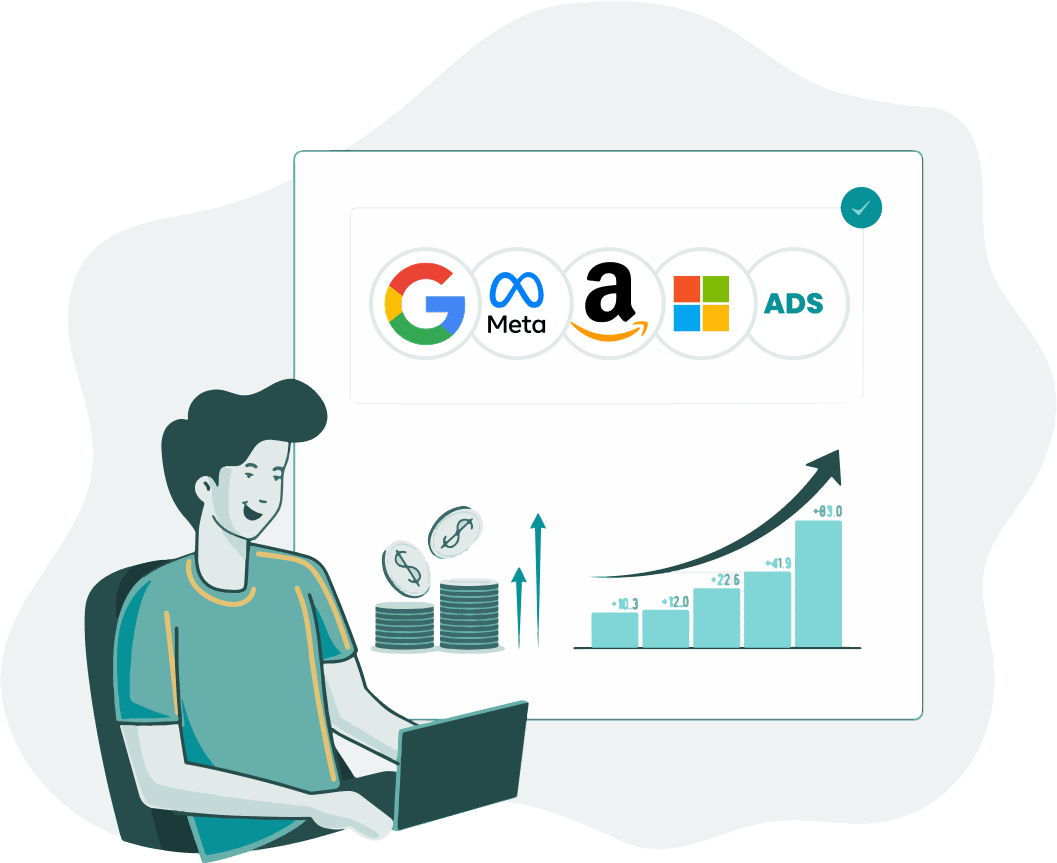Managing PPC campaigns effectively requires a well-structured workflow. But at times it can be challenging to figure out exactly what to focus on and when. This is where AI Blueprints in Optmyzr come in handy.
This feature combines human insight with AI-driven recommendations to help advertisers streamline campaign management and stay organized and efficient. This episode features a detailed walkthrough of how you can create, customize, and schedule AI Blueprints to help your team stay on top of critical PPC tasks while improving performance.
What You Will Learn
1. Introduction to Blueprints
- Blueprints Overview: Tasks assigned within the Optmyzr suite or outside of it, which can be scheduled and have associated notes for clarity.
- They combine human expertise with AI recommendations to match tasks with the right tools in Optmyzr.
- Custom Tasks: Useful for assigning tasks not directly related to Optmyzr tools or for leaving notes for team members.
2. How AI Blueprints Help PPC Advertisers
- Simplifies PPC management by combining human acumen with AI and suggesting relevant tools based on campaign needs.
- Allows advertisers to automate and schedule recurring tasks, reducing manual work.
- AI learns from user behavior and adapts, continuously improving task recommendations.
3. Using AI Blueprints for Campaign Analysis & Optimization
- Example use case: Understanding performance in Search and Performance Max (PMax) campaigns.
- Blueprint-generated tasks include:
- PPC Investigator for root cause analysis.
- Performance Comparison to track campaign trends.
- Traffic Segments Explorer for audience insights in a privacy-first era.
- Search Term Explorer to identify new keyword opportunities.
- Tasks can be edited individually or in bulk for better customization.
4. Assigning & Scheduling AI Blueprint Tasks
- Tasks can be scheduled on a recurring basis (e.g., weekly on Fridays).
- Assign different roles to team members (e.g., analysts vs. creatives).
- Tasks act as a roadmap for execution, not automated completion.
5. Continuous Learning & Adaptation
- AI Blueprints evolve based on user input—tasks can be modified anytime.
- Users can swap out AI-suggested tasks based on real-world needs.
- Built-in audit tracking helps ensure no critical tasks are missed.
Additional Takeaways
- Task Descriptions: Important for providing context and instructions, especially for new team members or specific client requests.
- Continuous Learning: AI suggestions adapt based on user interactions, allowing for ongoing optimization of the blueprint tasks.

